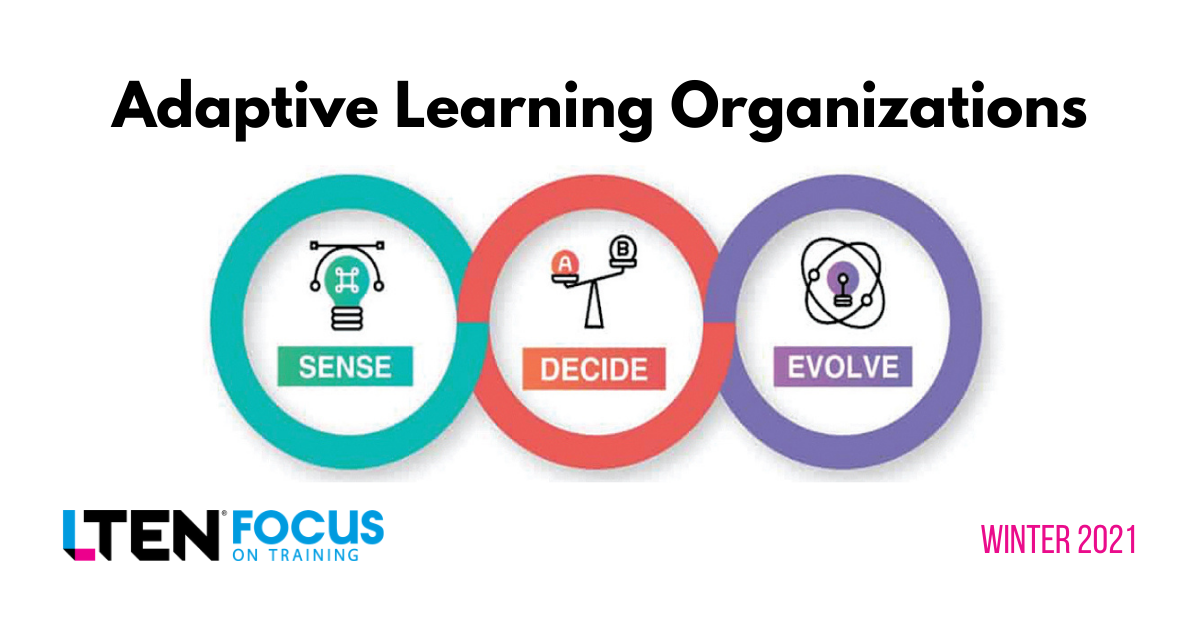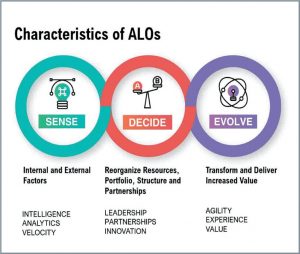
Adaptive Learning Organizations
INSIGHTS – Josh Bersin
Over the past 20 years, I’ve come to realize there are three fundamental challenges in corporate training:
- Effectiveness: What programs, tools and strategies will best “move the needle” on developing the capabilities and skills for success?
- Efficiency: How do we strip out the noise, reduce waste and keep learning & development (L&D) investments focused on the most important areas?
- Alignment: How do we continuously align the entire L&D function (and our learning strategy) toward the most important, urgent and strategic issues in the company?
During times of growth, people focus on effectiveness. During times of financial stress, people focus on efficiency. And during times of change and uncertainty, we focus on alignment.
Recent research, conducted with NIIT, shows that agile learning organizations are 59% more likely to be growing this year; they are 27% more cost-efficient; and they deliver significantly higher engagement, retention and leadership scores.
The research revealed 15 learning practices, grouped into the following primary areas, that characterize agile learning organizations.
 Sense
Sense
Adaptive learning organizations listen and manage data well. The most important part of alignment is knowing what to work on, and they are deliberate about this. They have learning councils; they are engaged with senior business leaders; they understand skills and technology trends throughout their industry; and they know how their programs are performing. They also understand employees’ jobs and continuously study the skills and capabilities needed by the business. Key practices in this area incorporate trend analysis, personalization and a comprehensive digital strategy.
Decide
Adaptive learning organizations have good planning, governance and alignment. It is devilishly hard to decide where to spend money on L&D, including what to do internally and what to outsource. Key to success is empowering local L&D leaders to build, adapt and respond to the specific learning needs of their audiences. This means L&D organizations have to create learning business partners, capability academies and strong performance consulting skills to help identify performance issues clearly and continuously.
The research also found that high-performing L&D teams are heavily involved in “future of work” plans, talent mobility strategies, succession management and leadership. Internal mobility and all related issues must also be part of L&D’s mission.
Evolve
Adaptive learning organizations innovate and experiment. L&D is one of the hottest markets for new ideas and tools, and adaptive learning organizations are always keeping up new offerings and innovations. Practices like design thinking, journey mapping and agile development practices (stories and sprints) are all part of this new world. But ALOs go beyond simply adopting agile processes; they build agility into their teams, which are encouraged to continually innovate and iterate.
Conclusion
The L&D profession has come a long way in the past two decades. Leaning on what’s worked in the past will likely not lead to success in these times. Let 2021 be the year of agility and continual adaptation for your L&D function.
Josh Bersin is an independent industry analyst and founder of Bersin™ by Deloitte. Contact him at info@bersinpartners.com.








